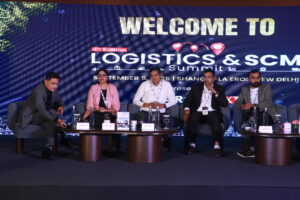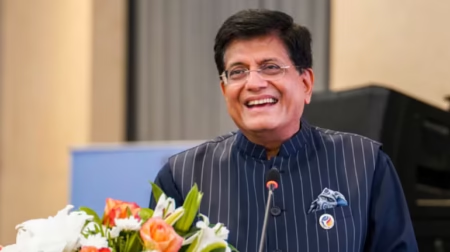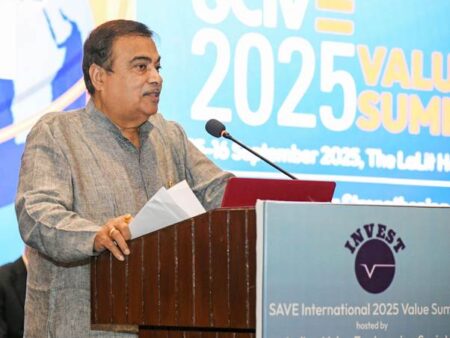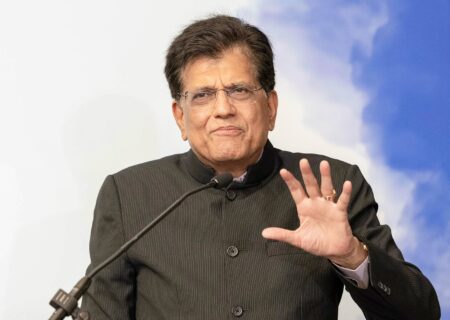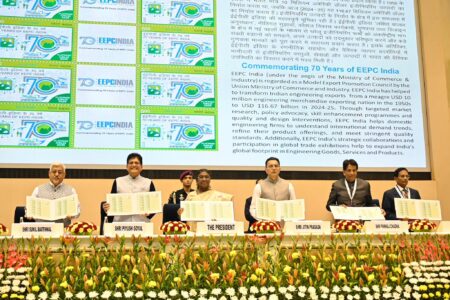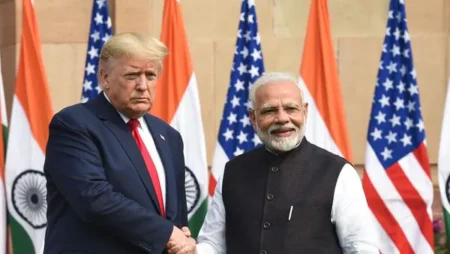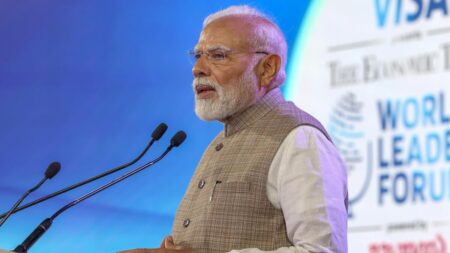India’s National Logistics Policy, which was launched on 17th September 2022, aims to reduce logistics costs in India.
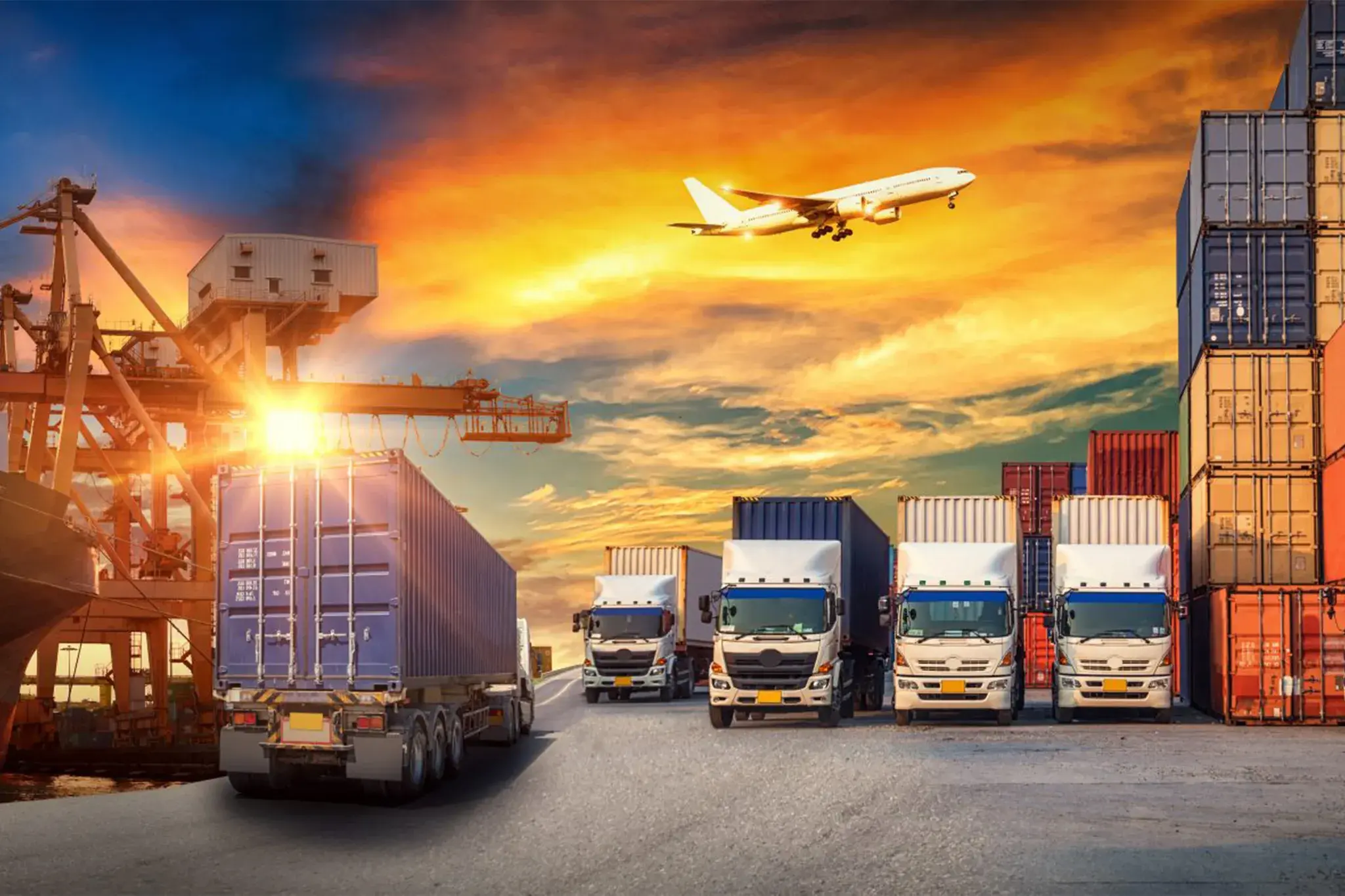
To achieve this objective, the Logistics Division of the Ministry of Commerce and Industry (MoCI) has launched a report titled “Logistics Cost in India: Assessment and Long-Term Framework” prepared by the National Council of Applied Economic Research (NCAER), in a consultative manner, with the guidance of the Asian Development Bank (ADB) experts and task force members.
Rajesh Kumar Singh, Secretary, Department for Promotion of Industry and Internal Trade (DPIIT), along with Sumita Dawra, Special Secretary, Logistics Division, MOCI, and other dignitaries including Hoe Yun Jeong, Deputy Country Director, ADB, officially unveiled this report on December 14, 2023.
This report presents a (a) baseline aggregated logistics cost estimate and (b) a framework for long-term logistics cost calculation. It uses available secondary data from MOSPI’s Supply Use Tables and National Account Statistics, and the NCAER’s 2019 study, “Analysis of India’s Logistics Costs”. External experts from the World Bank Group also reviewed it.
This report recommends a hybrid approach using primary (covering all trade flows, product types, industry trends, OD pairs, etc.) and secondary survey data, as well as real-time Big Data to provide an estimate of logistics cost.
To ensure evidence-based decision-making for improving logistics efficiency, logistics costs should be estimated regularly (preferably annually). Special Secretary, DPIIT highlighted that logistics cost has serious implications on the country’s manufacturing sector, export competitiveness, global positioning, etc. She pointed out that due to lack of data in public domain for the critical components of logistics cost, the non-official / floating estimates of India’s logistics cost ranging from 10 to 14 percent of GDP lack credibility. Hence, a need was felt to develop a scientific logistics cost calculation framework, that is inclusive and stands the test of statistical and data-based methods.
With this objective, the government formed a Task Force in March 2023, after a workshop in held partnership with ADB. This Task Force comprising sectoral experts, line Ministries and representatives from Niti Aayog and ADB held a series of meetings and drew credible conclusions. The report, a result of collaborative efforts and rigorous academic exercises, is poised to guide effective policy-making, resource allocation, and production cycle planning through evidence-based insights.
The essential components of logistics cost estimation, including (i) Transportation cost, (ii) Warehousing and storage cost, auxiliary support services cost, (iii) Packaging cost, insurance cost, and (iv) Other administrative / operations cost, were identified.
Industry representatives widely appreciated the systematic approach, anticipating positive market perception and targeted interventions based on disaggregated data.



